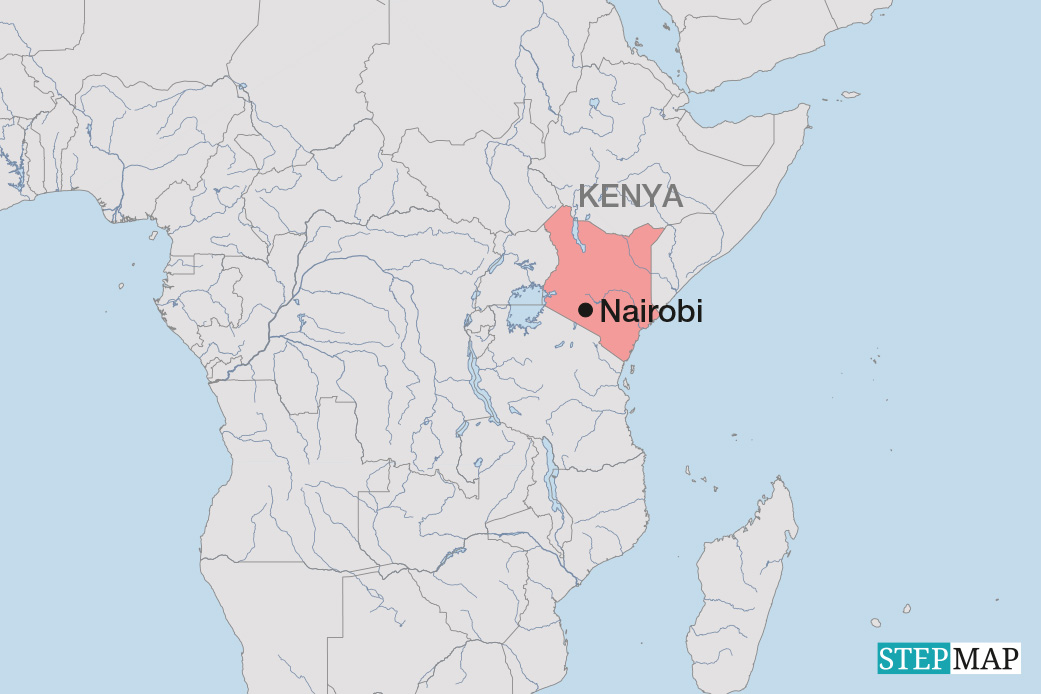Urban live
On the top of the world

Kolkata is a densely populated mega-city of approximately 15 million inhabitants. It is not the place where one would expect people to have their own gardens. Surprisingly, some do nonetheless. Anirban Chanda, for instance, uses 90 square meters on a rooftop, and has created an amazing green island. In an utterly man-made world, it emphasises the concept of harmony with nature.
This young Kolkatan has put up a system for breeding flora and fauna in a small space, with dense vegetation. It uses very little water and does not require much human work either. Chanda says the methods he uses “can be adapted to any global circumstances”. He points out that his gardening facilities are hand-made and cheap. It helps, however, that water is not scarce in the Ganges Delta.
Chanda says that his system costs less than most aquaponic systems worldwide. Aquaponics is a food production system that combines aquaculture (the cultivation of fish or other water animals) with hydroponics (the cultivation of plants with nutrient-enhanced water). Wastewater from aquaculture is toxic for fish, but full of nutrients for plants. The trick is to use the effluents as fertiliser. This is an environment-friendly and sustainable approach, and it even works in a crowded urban agglomeration.
Chanda’s mega-city rooftop offers an amazing range of vegetables and herbs: tomatoes, cucumbers, gourds, cauliflower, cabbage, spinach, chillies, capsicum, cherry, basil, green beans, pumpkins, lettuce, turnips, papayas and various seasonal flowers and herbs. And there are several fish tanks in which Chanda raises tilapia and magur. Bengalis love to eat fish.
The only inputs Chanda’s aquaponics system needs are “water, oxygen via an air pump when required, food for the fish as well as earthworms that grow the bed, mineralise solids and keep the root systems clean”. The plants draw nutrition from the converted ammonia-rich fish waste, from leftover fish food that is converted by nitrifying bacteria and from the well-oxygenated water. It took Chana three years to install the system, and he expects that his costs will be recovered within five years thanks to the food production.
What if 50 % of the Kolkata rooftops would go green this way? “Great idea”, Anirban says and rattles off a long list of benefits: “Fresh, organic food; home grown fish; less methane-generating meat consumption; lower food cost; no middlemen; fewer stomach-related and lung-related ailments; more greenery; better air and more oxygen; lower micro-climatic pollution; healthy biodiversity; cooler homes as rooftop gardening insulates buildings; lower electricity consumption in air conditioners; less dependence on fuel-based food transports; smaller carbon footprint – as well as healthier people!” It is worth adding, of course, that many people enjoy gardening as a pleasant and satisfying hobby.















